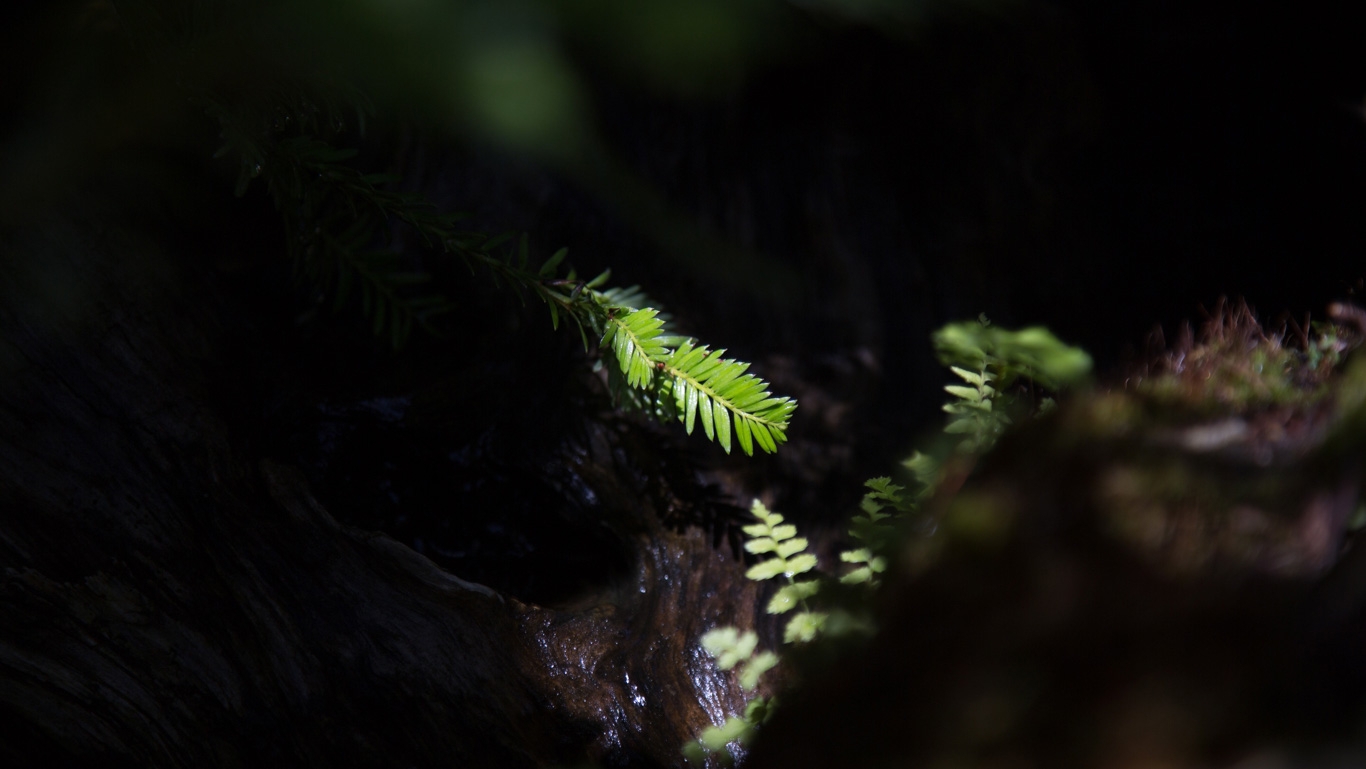Taking advantage of spring push
First off, let’s dispel some questions by simply defining the term - Elongating Species are species that produce one elongating piece of growth in a season. This is a broad characterization of species in both alpine and coastal environments.
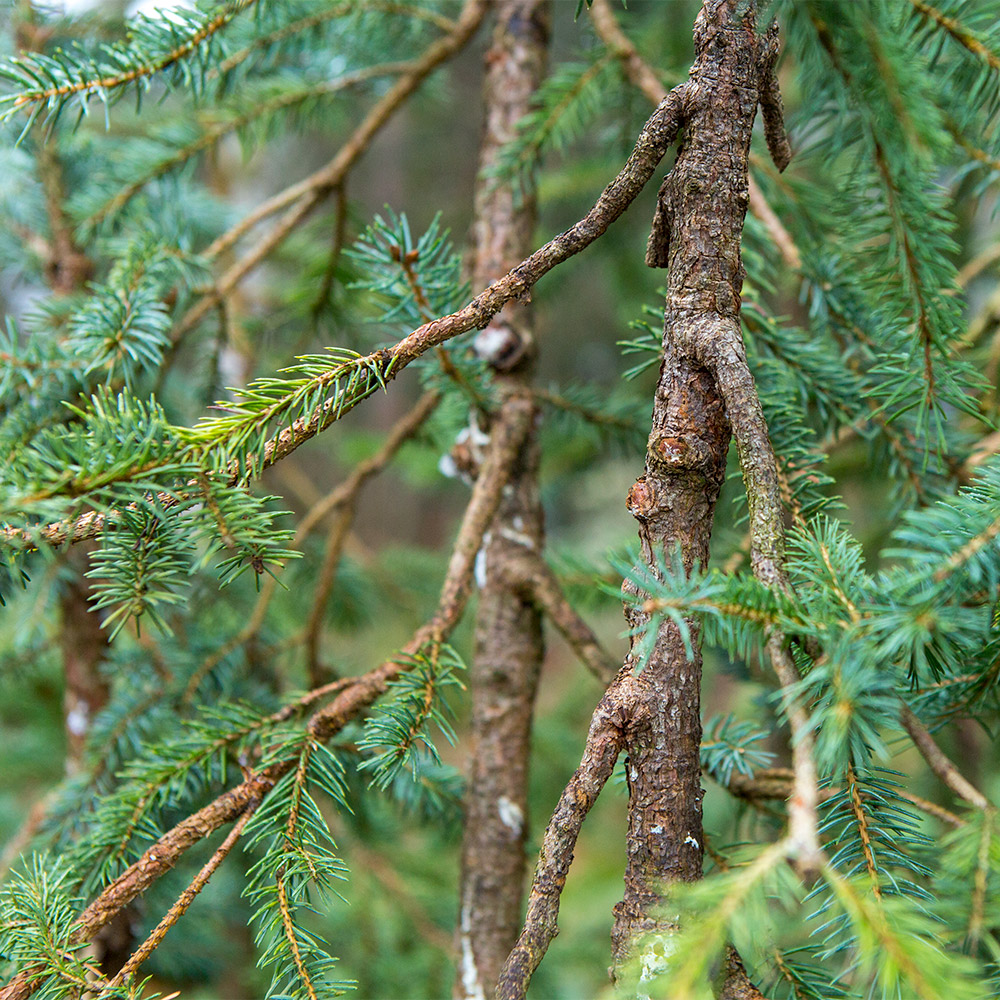
A Few Examples of Elongating Species:
Spruce - Picea
Fir - Abies
Douglas fir - Pseudotsuga
Hemlock - Tsuga
Larch - Larix
Redwood - Coastal (Sequoia) & Dawn (Metasequoia)
Bald Cypress - Taxodium
Cedar - Cedrus, Chamaecyparis, Thuja, Cryptomeria
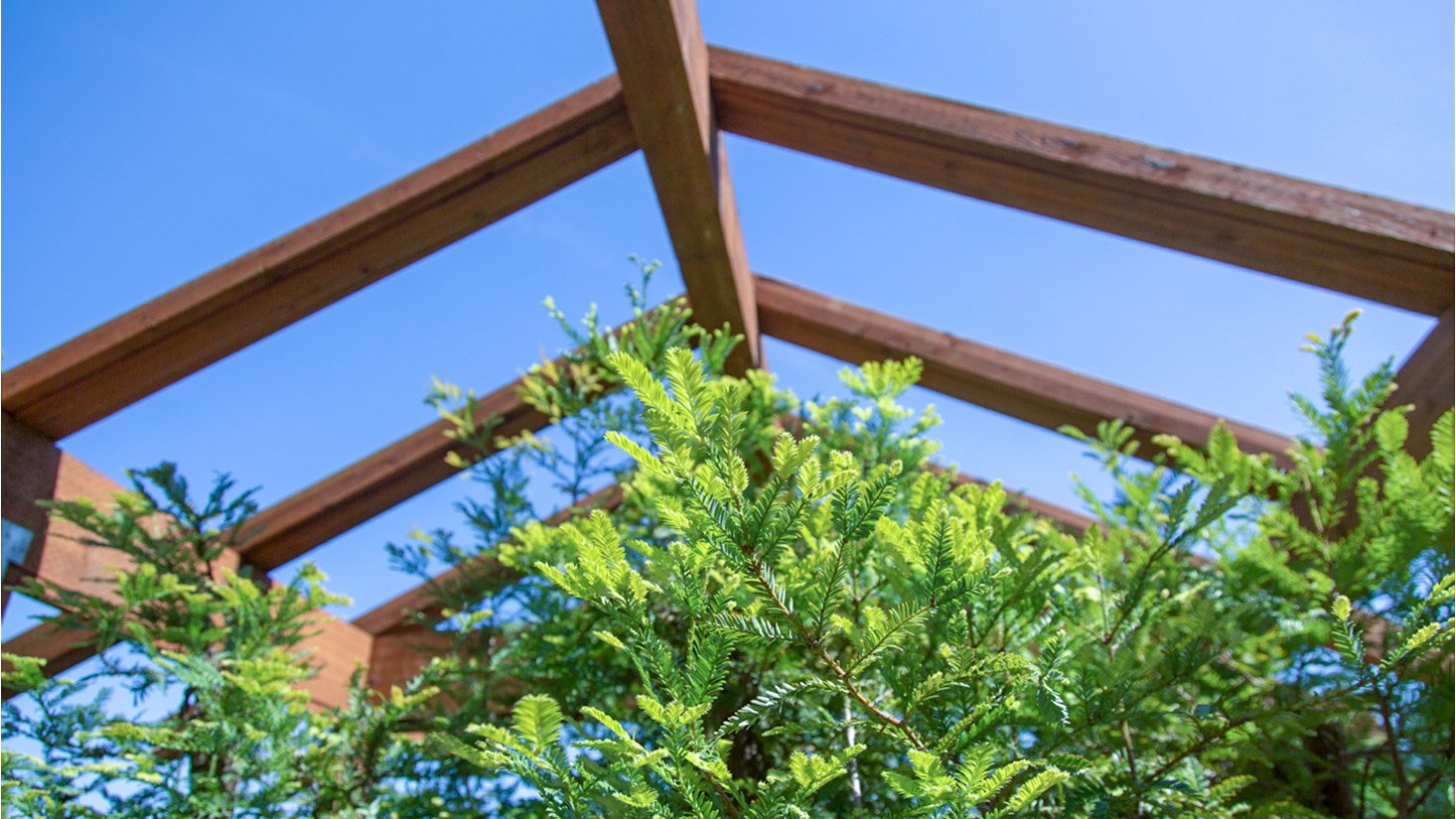
What's not an elongating species?
Junipers, Pines (unless short-needle single flush which are treated similarly), Deciduous trees
With all this said, we can’t possibly quantify all the Elongating Species of the world. Being aware of the growth habit allows you to study new species for bonsai, observe the trees’ growth habit and response to work, then use a working knowledge base of elongating species to see whether or not it fits.
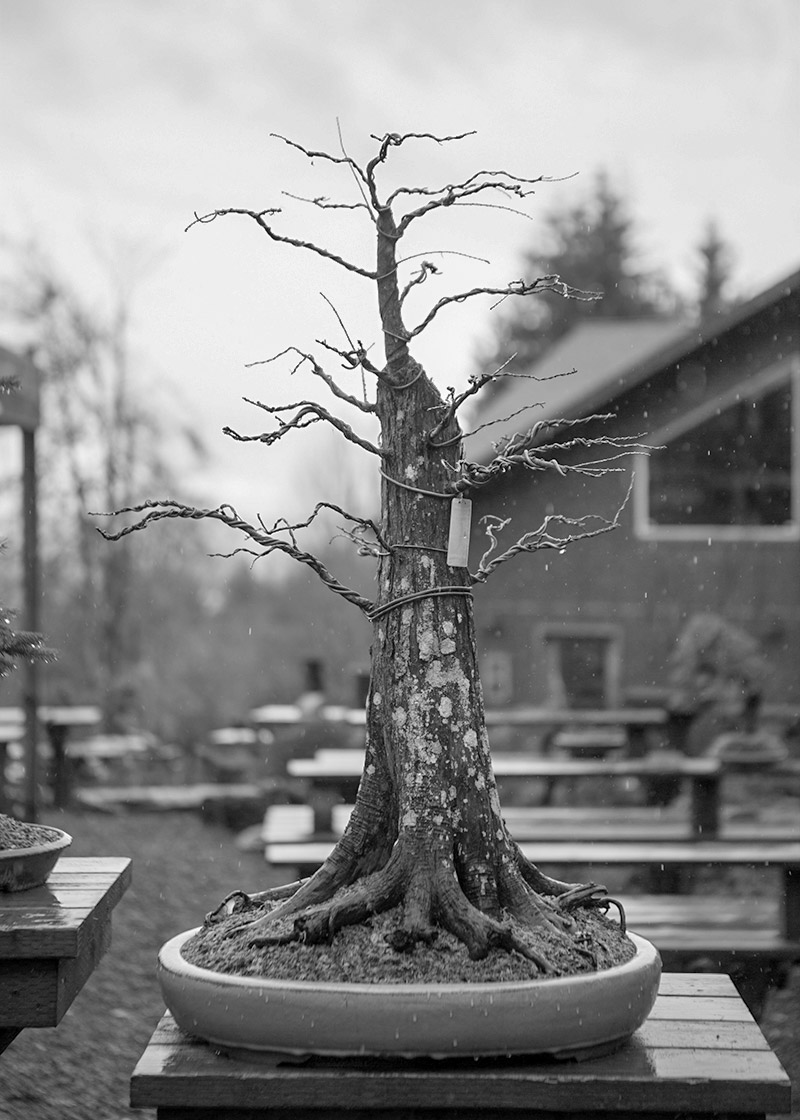
Now let’s talk about spring work – the major season to be performing work for these types of bonsai. At this time, resources that were built up in the fall are exploding as a singular elongating shoot at the tip.
In bonsai, you want to control where these resources are spent so that you can efficiently manage the growth and encourage ramification to achieve your goals for the tree. These are 5 actions you can take as the buds swell, prior to your Elongating Species beginning their growth in the spring to set your bonsai up for a successful season of growth.

#1 – Prune to direct energy –
Your tree will naturally push all of its resources to the new growing tips, that’s what Elongating Species do. If you let this happen without pruning, you will miss your once chance per growing season to redirect strength from the growing tips back into your defined branching and potential buds.
It’s up to you to come in and prune before growth starts so that the strength of the spring push goes to the areas you are wanting to improve – interior ramification, areas where you need to define shape, etc. The best time to prune growing tips to define your bonsai shape with these species is when the tree indicates it’s about to break winter dormancy, which it shows by buds swelling.
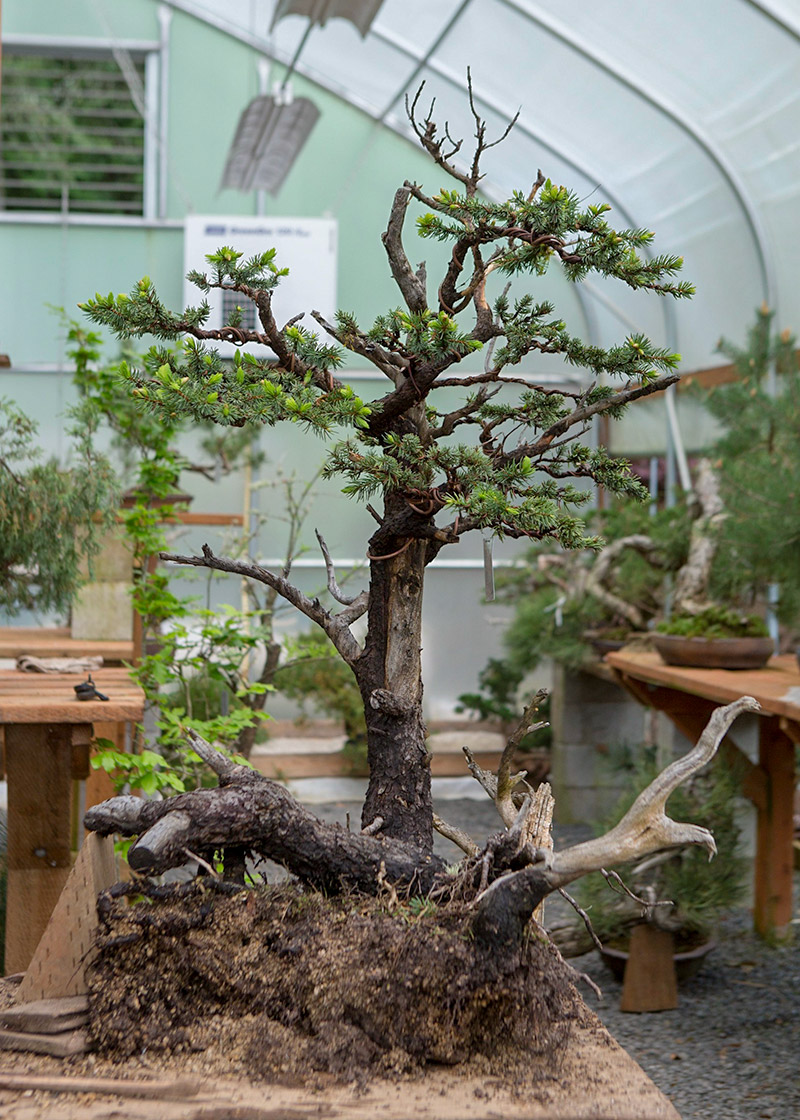
#2 – Wire to establish shape –
This is the perfect time to be wiring and styling your elongating species. The trees can rapidly patch damage during that big spring push, better than any other time of year.
#3 – Repotting –
If you aren’t doing any wiring and styling, bud swell also indicates the ideal time to be repotting your elongating species. As buds swell and the slightest amount of green starts to show is the point your Elongating Species have the greatest tolerance to work being done on the roots.
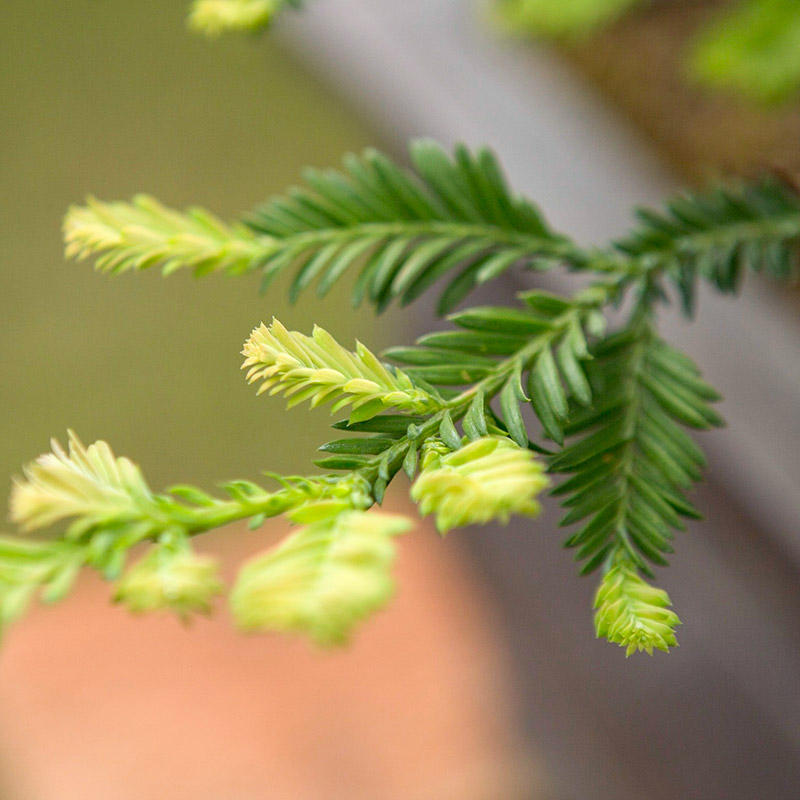

#4 – Refreshing the surface layer –
Elongating species typically use more water than conifers with other growth habits, this means that moss, decomposed soil, and broken-down fertilizer can impede percolation and the efficacy of fertilizer. Use a chopstick to clean off the surface layer down to friable intact soil particles, so that water and fertilizer may properly penetrate the entire container. See the live stream Spring Fundamentals for more on this technique.
#5 – Fertilizer at the ready –
When you approach fertilization throughout the growing season, you must first ask yourself, “what are my goals for the tree?”. Depending on your design and health objectives, you will need to tailor your fertilizing approach. With elongating species, once the buds start to open, you should have fertilizer at the ready so that you may fuel the growth as per your goals. We only get one spurt of growth from our alpine species per year, so we need to be particularly on top of fertilization to fully maximize it.
Watch Spring Fundamentals and Pinching to Design for more information on these techniques.
